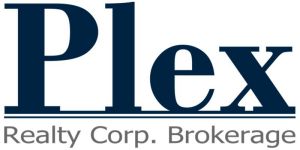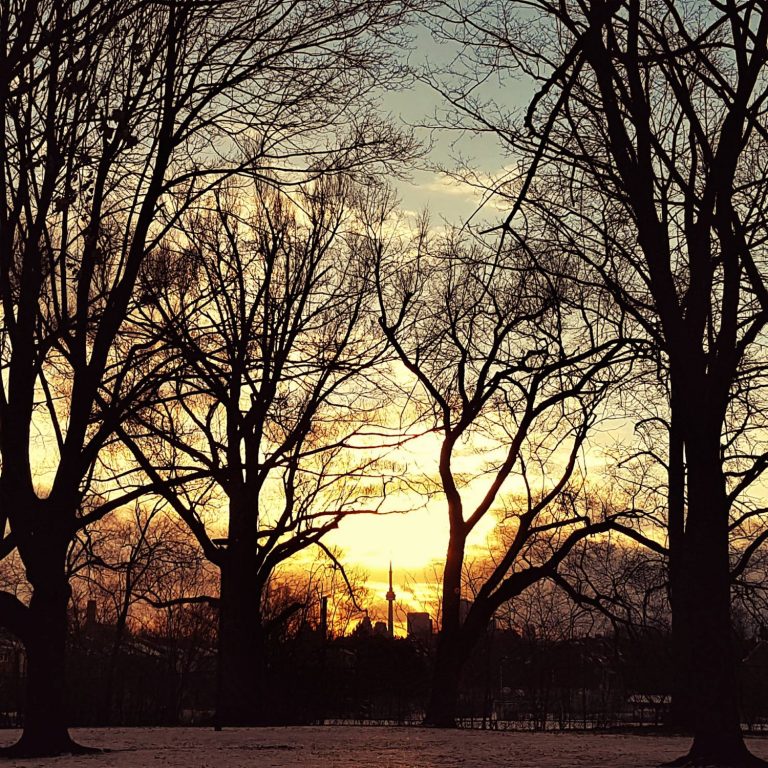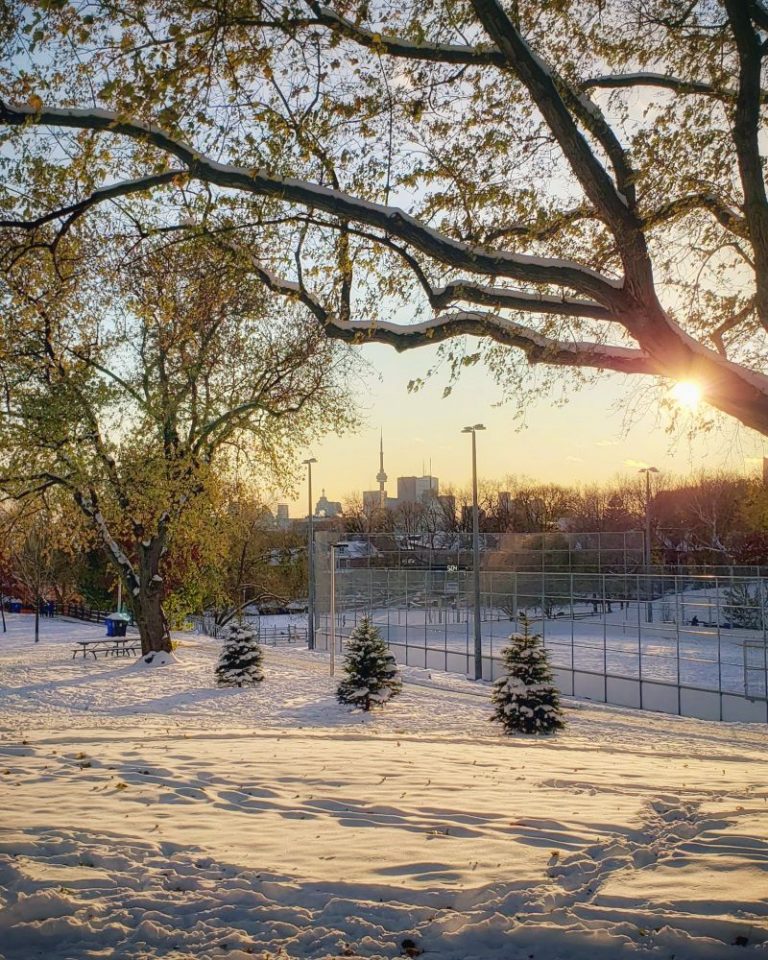Monthly Newsletter: June 2006
This month I’d like to discuss a very important concept in real estate theory: gentrification or the process whereby an area improves over time to become attractive to new residents. I wrote on this topic a couple of years ago and got a very positive response from my readers. This suggests to me that many of you are interested in which areas offer the most opportunity for gains in the future.
As Realtors we are always looking for new market opportunities and signs of up- and-coming areas. Which neighbourhoods are on the rise and where are property values likely to see the sharpest increases? The three neighbourhoods of Toronto that are spoken about most often are Leslieville, Parkdale and the Junction. New businesses are moving into these areas and there has been a significant increase in the number of new real estate developments. Many streets in these see homes being renovated and household values increase. The Drake, The Gladstone and The Beaconsfield taverns on Queen West are an obvious sign of older businesses cleaning themselves up and attracting new folks to come into the area. The question becomes are these areas over-done. Once an area has opportunity and everyone finds out about it, is it still an opportunity?
The dictionary defines “gentrification” as the restoration and upgrading of deteriorated urban property by middle-class or affluent people, often resulting in displacement of lower-income people. The term was coined in 1964 by a left-wing British sociologist named Ruth Glass. She used the word to refer to what was then taking place in a part of London called Islington. Islington originated as an affluent place, but had become a rough, working-class area. In the sixties, it experienced gentrification insofar as both the businesses and community began an intense “clean-up” process. The word “gentrification” first appeared in the New York Times in 1972, in reference to London. The article appeared on July of that year, explaining the intense boom in real estate values within the inflation driven economy of those years.
How can you tell when an area is starting to improve? Certainly higher real estate prices are an immediate indicator. For me the one sure-fire sign that an area is on the rise is that Starbucks opens in it. We Realtors are happy when Starbucks decides to open a new location in a neighbourhood in which we work.
Market experts say the upscale coffee chain’s choice of where to open its new stores is usually a harbinger of bidding wars to come. “When I see a Starbucks going in, I rub my hands together because I know property values are going up,” an agent once said to me. In what could be called the “Venti Indicator” (named for what Starbucks calls a large coffee), it is even more effective if one can anticipate well in advance where the company will go next. Housing prices in Leslieville have nearly doubled in the past three years, and not surprisingly one of the first signs was the Starbucks going in at Logan & Queen. Starbucks is never on the leading edge of a dodgy neighbourhood turning the corner, but the company has the ability to solidify the process once it is under way. Starbucks first lets smaller, independent stores drive foot traffic to a future area, and when they feel that the area will support their demographic, they can build a store virtually overnight.
The opposite of all this is a process that can be described as degentrification. When I was growing up there, Scarborough was predominantly a white middle working class families, but with the influx of immigration certain neighbourhoods have changed considerably – some would even say for the worst. Today some of these neighbourhoods experience higher crime as a result of lower-class families coming into the area. If you compare the increase in house values at Kennedy & Eglinton, vs. say Yonge & Eglinton over the past ten years, you’ll see that the midtown area has seen much sharper price increases. There are quite a few areas in the GTA, predominantly in the suburbs that has seen this sort of decline.
Leslieville, Parkdale and the Junction are no longer a secret. The cat’s out of the bag. The question is what’s next. Astute investors will always be looking for neighbourhoods that are trending upwards. The secret in the future will be keeping an eye on the new condo developments, businesses cleaning themselves up and yes, Starbucks opening up cafes.
One more interesting news item: Did you know that the “Beaches” are no more.
The neighbourhood featuring four beaches, encompassing Queen east of Woodbine up to Gerrard St, is now to be officially called “The Beach.” The head of the Beaches business association made the announcement last month at the Toronto Public Library Beaches Branch. “Beach area residents have spoken,” Neil Macdonald said of a poll conducted over the past month to resolve a decades-old debate on the east-end neighbourhood’s name. Of more than 2,200 votes cast, 58 per cent sided with the singular over the plural. The result means that 100 historic street signs including the words “The Beach” are to go up this fall along Queen Street East. “I think they’ve done the right thing (picking a standard name),” John Nishida, chief branding officer at Pigeon Branding and Design in Oakville, said when he heard the news. “One of the principles of branding is to have a consistent message to all audiences…. Now city officials, government officials and everybody else who has a stake in the community will hopefully use the proper terminology.”
I don’t know – they’ll always be the “Beaches” to me. That’s it for this month. Next month we’ll do a wrap-up on income property activity for the first six months of 2006. The World Cup also starts next week, so to all you soccer fans out there, I hope your team comes through for you.
P.A.


